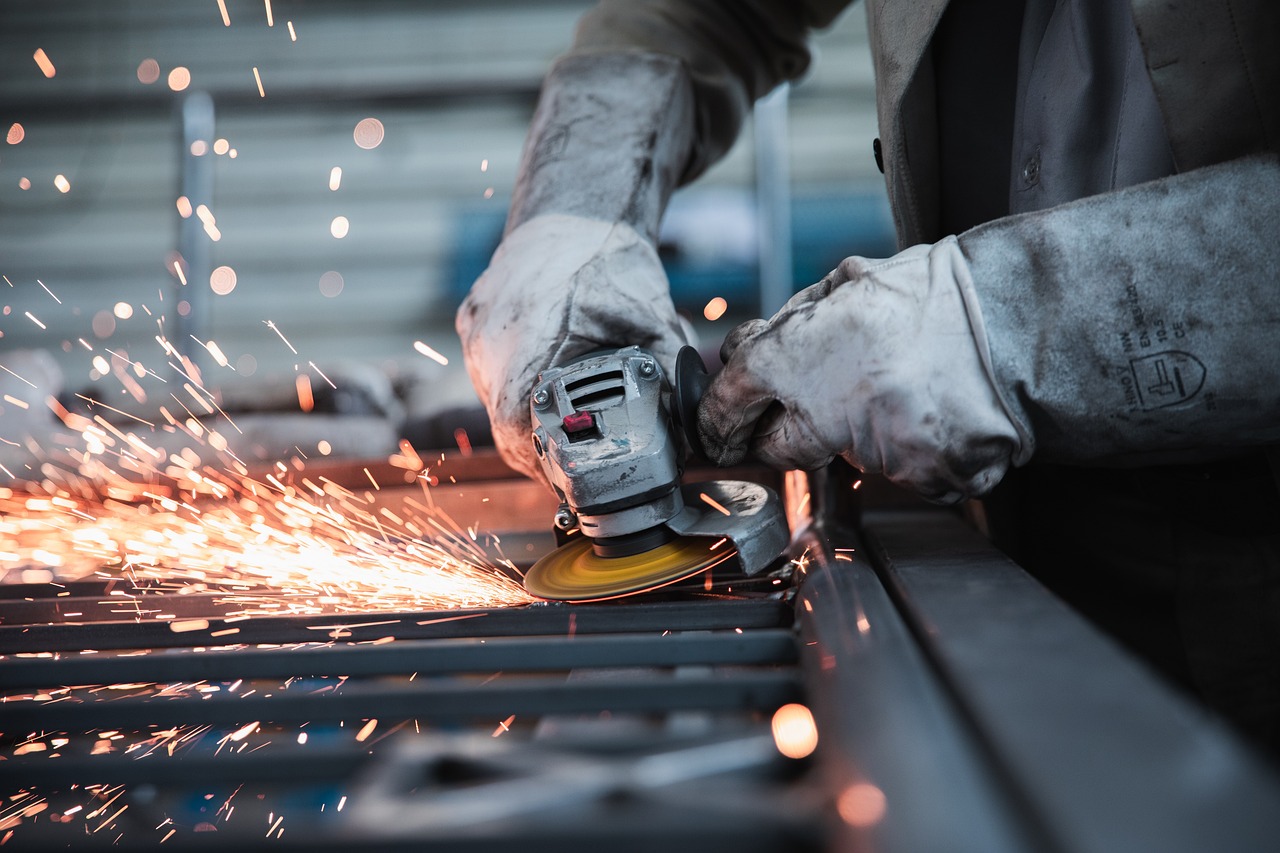
Temperature monitoring plays a pivotal role in the steel industry, ensuring optimal operating conditions and product quality. In this blog post, we’ll delve into the diverse world of thermocouples and the various design structures employed for temperature sensing in critical steel manufacturing processes, including Blast Furnace, Basic Oxygen Furnace (BOF), Sintering, and Coke Oven.
Types of Thermocouples:
1. Type K Thermocouples:
- Known for their wide temperature range and versatility, Type K thermocouples are commonly used in steel applications. Their compatibility with high temperatures makes them suitable for processes like those in a blast furnace.
2. Type J Thermocouples:
- Ideal for measuring temperatures in the range of 0°C to 750°C, Type J thermocouples are frequently employed in applications such as preheating and initial stages of steel processing.
3. Type R and Type S Thermocouples:
- These thermocouples are often used in high-temperature environments, making them suitable for applications like steel refining in the Basic Oxygen Furnace (BOF).
4. Type N Thermocouples:
- Offering a wide temperature range and good resistance to high-temperature corrosion, Type N thermocouples are suitable for various stages of the steel production process.
Design Structures for Temperature Sensing:
1. Mineral Insulated (MI) Thermocouples:
- MI thermocouples are robust and able to withstand harsh conditions. They are often used in applications where durability and reliability are crucial, such as the harsh environment of a blast furnace.
2. Noble Metal Thermocouples:
- Utilizing precious metals like platinum and rhodium, noble metal thermocouples provide high accuracy and stability. They are employed in critical temperature measurement points, including those in coke ovens.
3. Wire-Wound Thermocouples:
- Constructed with a wire-wound sensing element, these thermocouples are known for their durability and suitability for high-temperature applications, making them suitable for areas such as the coke oven.
4. Thin-Film Thermocouples:
- Offering quick response times and excellent accuracy, thin-film thermocouples are utilized in areas where space is limited or rapid temperature changes occur, such as in the sintering process.
Application in Steel Industry Processes:
1. Blast Furnace:
- MI thermocouples with Type K or Type N elements are commonly employed for measuring temperatures in the blast furnace, ensuring efficient iron production.
2. Basic Oxygen Furnace (BOF):
- Type R and Type S thermocouples, known for their accuracy at high temperatures, are used in the BOF for precise temperature control during the steel refining process.
3. Sintering:
- Thin-film thermocouples are suitable for monitoring temperature variations in the sintering process, allowing for better control and product quality.
4. Coke Oven:
- Noble metal thermocouples, particularly those with platinum elements, are used in coke ovens to withstand the extreme temperatures involved in the coking process.
Conclusion:
In the steel industry, precision temperature sensing is essential for maintaining efficiency and ensuring product quality. The choice of thermocouples and design structures depends on the specific requirements of each process, from the intense heat of blast furnaces to the controlled environments of coke ovens. By understanding the diverse options available, steel manufacturers can implement optimal temperature monitoring solutions for their unique applications.
